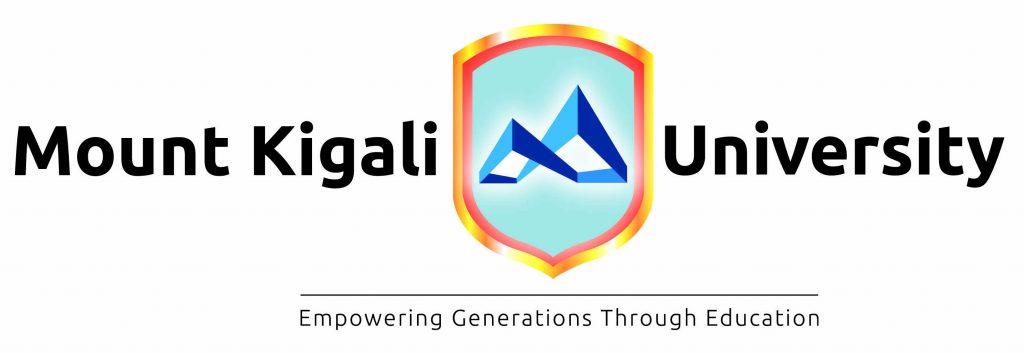A Harvard graduate student was once asked in a job interview at The New York Times why she would pursue a career in an industry that might not survive the decade. This question underscores a growing concern: the internet’s dominance is reshaping the media landscape, and traditional journalism is struggling to adapt.
“TV’s biggest threat isn’t Netflix or Disney: It’s a 17-year-old girl with an iPhone.” Said Fernando Cao, an expert in branding on his X account, referring to Trump’s granddaughter Kai Trump, who offered a behind-the-scenes look at the historic inauguration day that got 27 million views in 24 hours.
Over the past decade, mainstream media have faced a harsh set of challenges. Like other industries, it was hit hard by the global financial crisis. At the same time, audiences began shifting their attention to the internet, leading to a steep decline in advertising revenue, circulation, and viewership. Newsrooms were left reeling from hiring freezes and layoffs.
The COVID-19 pandemic exacerbated these trends. Newspapers halted publication, magazine sales plummeted, and traditional media outlets faced unprecedented financial strain. As someone who deeply values journalism, I’ve grown increasingly concerned about its future. It’s widely acknowledged that traditional media is undergoing a seismic transformation, one that could redefine its role in society.
The rise of the internet is often seen as a disruptive force rather than a sustaining one. Clayton Christensen of Harvard Business School defined sustaining technologies as those that improve industries incrementally, while disruptive technologies create entirely new paradigms, dismantling traditional barriers and transforming markets. The internet fits the latter description, and its impact on journalism has been profound.

Why My Gut Says “Yes”
Many media professionals remain optimistic, arguing that traditional journalism will endure because the public trusts in established outlets. Readers often verify stories through print or broadcast media before considering them credible. But this raises a critical question: Can mainstream media survive solely as a verification tool rather than a primary source of information?
The reality is that advertisers, the lifeblood of traditional media, are following audiences online. Digital platforms offer precise data analytics and algorithms, enabling advertisers to target specific demographics with unprecedented accuracy. Meanwhile, traditional media struggles to compete in this new ecosystem.
I often reflect on my childhood in the village, where we gathered at a neighbour’s house to watch the evening news and soap operas. Back then, access to traditional media was limited to those who owned TVs or subscribed to newspapers. Today, digital media is accessible to anyone with an internet connection. While some platforms require subscriptions, the barrier to entry is far lower than in the past.
As of October 2024, there were 5.52 billion internet users worldwide, 67.5% of the global population. Of these, 5.22 billion were active social media users, many of whom rely on these platforms for daily news, according to Statista. This shift has fundamentally altered how information is consumed and shared.
Historically, traditional media acted as gatekeepers, deciding what information reached the public. But the digital age has democratized journalism. Citizen journalists, armed with smartphones and social media, now break news in real time, bypassing the need for evening broadcasts or next-day print editions.
The Way Forward
So, is traditional journalism dying in the digital age? The answer, unfortunately, is yes—at least in its current form. Online platforms have transformed how we find, share, and consume information, leaving traditional journalists struggling to find their footing.
However, this doesn’t mean journalism itself is doomed. Instead, it’s time to innovate. Media scholars, professional journalists, and educators must collaborate to develop new models that align with modern communication theories. Experimentation is key to ensuring journalism evolves in a way that serves society positively.
The proverbial genie is out of the bottle, and there’s no turning back. Traditional journalism must adapt or risk becoming obsolete. By embracing change and reimagining its role, journalism can thrive in the digital age, but only if we act now.





